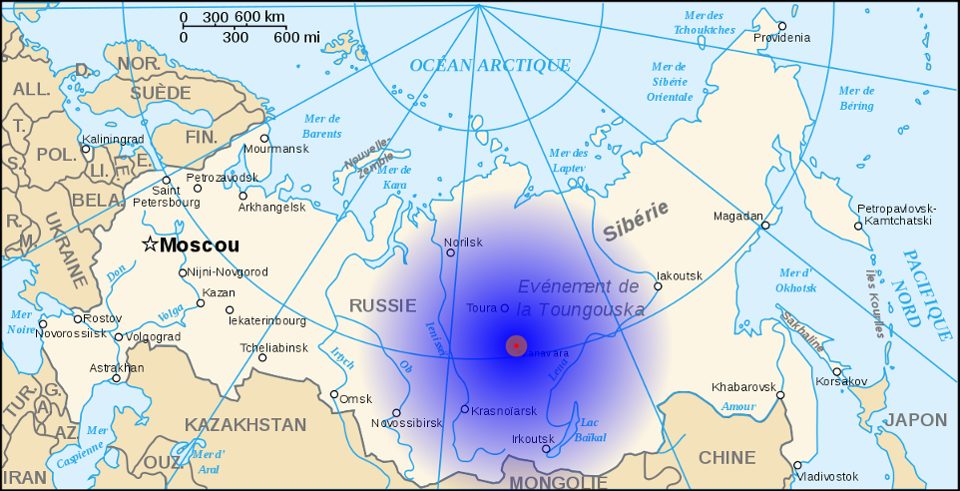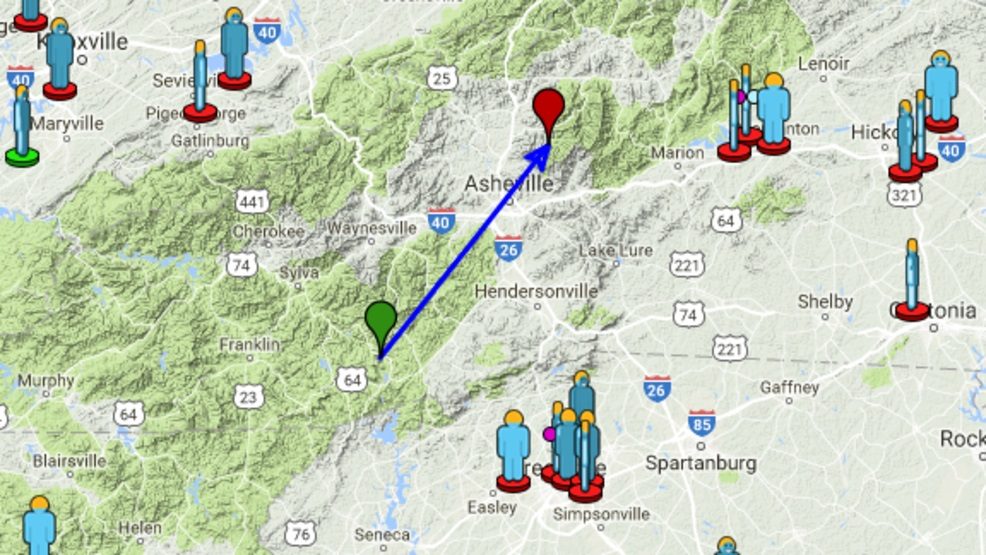
© Denys, Wikimedia CommonsThe Tunguska blast affected hundreds of square miles of northern Russia.
109 years ago today, a meteor crossed paths with Earth and blew apart in the air above a remote area of northern Russia, near the Tunguska River, on June 30, 1908.
Wind from the blast flattened trees for hundreds of miles, and the shock wave it sent through the ground would have registered a 5.0 on the Richter scale. The dying meteor exploded with a force estimated to be on par with the earliest nuclear bombs, around 15 megatons, although estimate range from 3 megatons to 30. (It's hard to say much for sure about the Tunguska object, because it left no crater, and no fragments have ever been found -- though not for lack of searching.) It could have flattened a major city. Fortunately, it struck in a remote area of the Russian taiga.
The director of the meteorological observatory at Irkutsk, whose seismographs recorded the impact, gave questionnaires to witnesses in the region and published
a collection of their responses in 1924. Locals describe a fireball in the sky, multiple thunderclaps, a blast of heated wind, and a rumbling of the Earth.

Comment: It is well worth remembering what can come out of the sky, without any warning at all, like the Chelyabinsk meteor fireball.
Even NASA's own space data supports citizens' recent observations, namely the inconvenient fact that meteor fireballs are increasing dramatically.